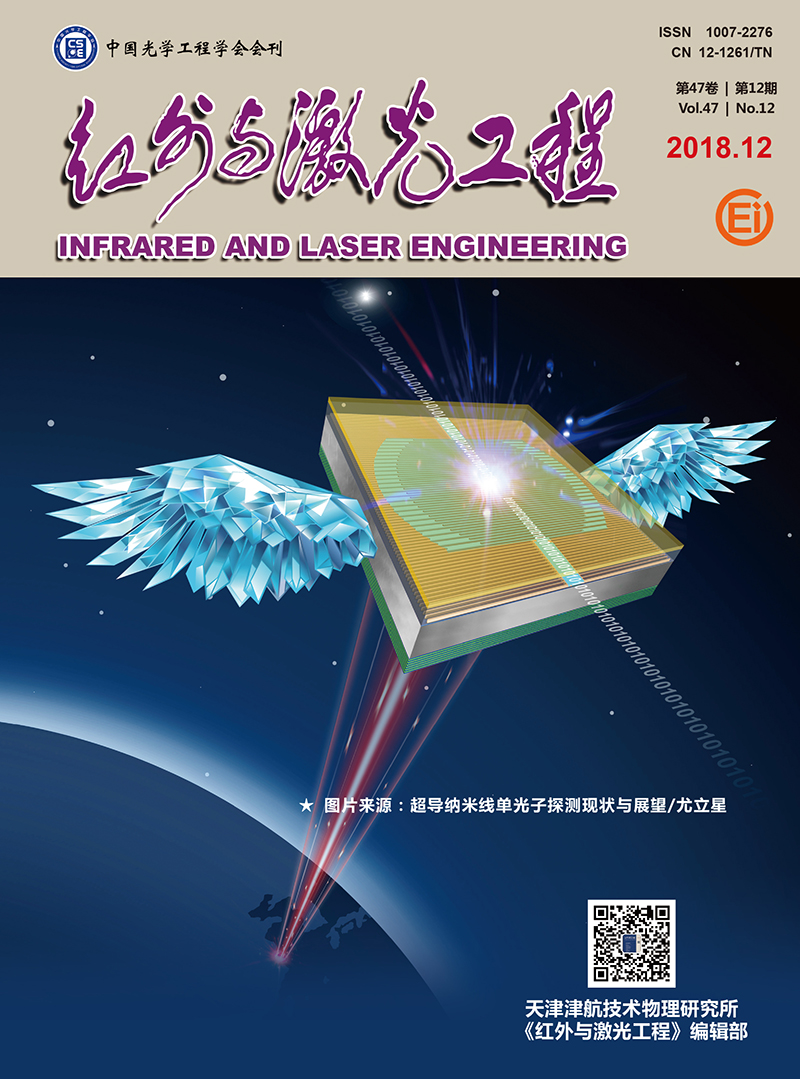|
[1]
|
Song F, Liu S J, Zou W F. Laser cleaning removal of rust and paint[J]. Cleaning World, 2005, 21(11):38-41. |
|
[2]
|
Yang Guang, Liu Huanhuan, Zhou Jiaping, et al. Research on laser deposition repair aircraft vertical tail beam[J]. Infrared and Laser Engineering, 2017, 46(2):0206004. (in Chinese) |
|
[3]
|
He Nai, Lei Junzhi, Hua Xinhao. Aircraft Coating and Application Techiques[M]. Beijing:Chemical Industry Press, 2000. (in Chinese) |
|
[4]
|
Li Lin, Zu Daoqi. Research on the maintenance technology of the aluminum paint removing for warship[J]. China Shiprepair, 2015, 28(5):13-18. (in Chinese) |
|
[5]
|
Kim T, Lww J M, Cho S H, et al. Acoustic emission monitoring during laser shock cleaning of silicon wafers[J]. Optics and Laser in Engineering, 2005, 43(9):1010-1020. |
|
[6]
|
Hou Suxia, Luo Jijun, Xu Jun, et al. Laser cleaning technology application of military equipment[J]. Infrared and Laser Engineering, 2007, 36(S):357-360. (in Chinese) |
|
[7]
|
Wang Deliang, Feng Guoying, Deng Guoliang, et al. Study of mechanism on laser paint removal based on the morphology and element composition of ejected particle[J]. Chinese Journal of Lasers, 2015, 42(10):1003007. (in Chinese) |
|
[8]
|
Zhang Heng, Liu Weiwei, Dong Yazhou, et al. Experimental and Mechanism Research on Paint Removal with Low Frequency YAG Pulsed Laser[J]. Laser and Optoelectronics Progress, 2013, 50(12):121401. (in Chinese) |
|
[9]
|
Rode A V, Freeman D, Baldwin K G H, et al. Scanning the laser beam for ultrafast pulse laser cleaning of paint[J]. Applied Physics A, 2008, 93:135-139. |
|
[10]
|
Francois B, Dutouquet C, Guern F L, et al. Laser fluence, Repetition rate and pulse duration effects on paint ablation[J]. Applied Surface Science, 2006, 252:2131-2138. |
|
[11]
|
Chen G X, Kwee T J, Tank P, et al. Laser cleaning of steel for paint removal[J]. Applied Physics A, 2010, 101:249-253. |
|
[12]
|
Xuan Shanyong. Study on laser paint stripping technology for aircraft composite parts[J]. Aviation Maintenance Engineering, 2016(8):15-18. (in Chinese) |
|
[13]
|
Wang Zhenbao, Wu Yong, Yang Pengling. et al. Numerical simulation and experiment on temperature fields distribution of aluminum target under intensive laser[J]. Infrared and Laser Engineering, 2014, 43(7):2061-2065. (in Chinese) |
|
[14]
|
Pan Qikun, Xie Jijiang, Ruan Peng, et al. Output performance of acousto-optic Q-switched CO2 laser[J]. Chinese Optics, 2012, 5(3):283-288. (in Chinese) |
|
[15]
|
Wu Dongjiang, Xu Yuan, Wang Xuyue, et al. Experimental and theoretical study on laser cleaning Al2O3 particle on silicon wafer surface[J]. Optics and Precision Engineering, 2006, 14(5):764-770. (in Chinese) |
|
[16]
|
Watkins K G, Curran C, Lee J M. Two new mechanisms for laser cleaning using Nd:YAG sources[J]. Journal of Cultural Heritage, 2003, 4(S1):59-64. |
|
[17]
|
Qiao Hongchao, Zhao Yixiang, Zhao Jibin, et al. Effect of laser peening on microstructures and properties of TiAl alloy[J]. Optics and Precision Engineering, 2014, 22(7):1766-1773. (in Chinese) |









 DownLoad:
DownLoad: